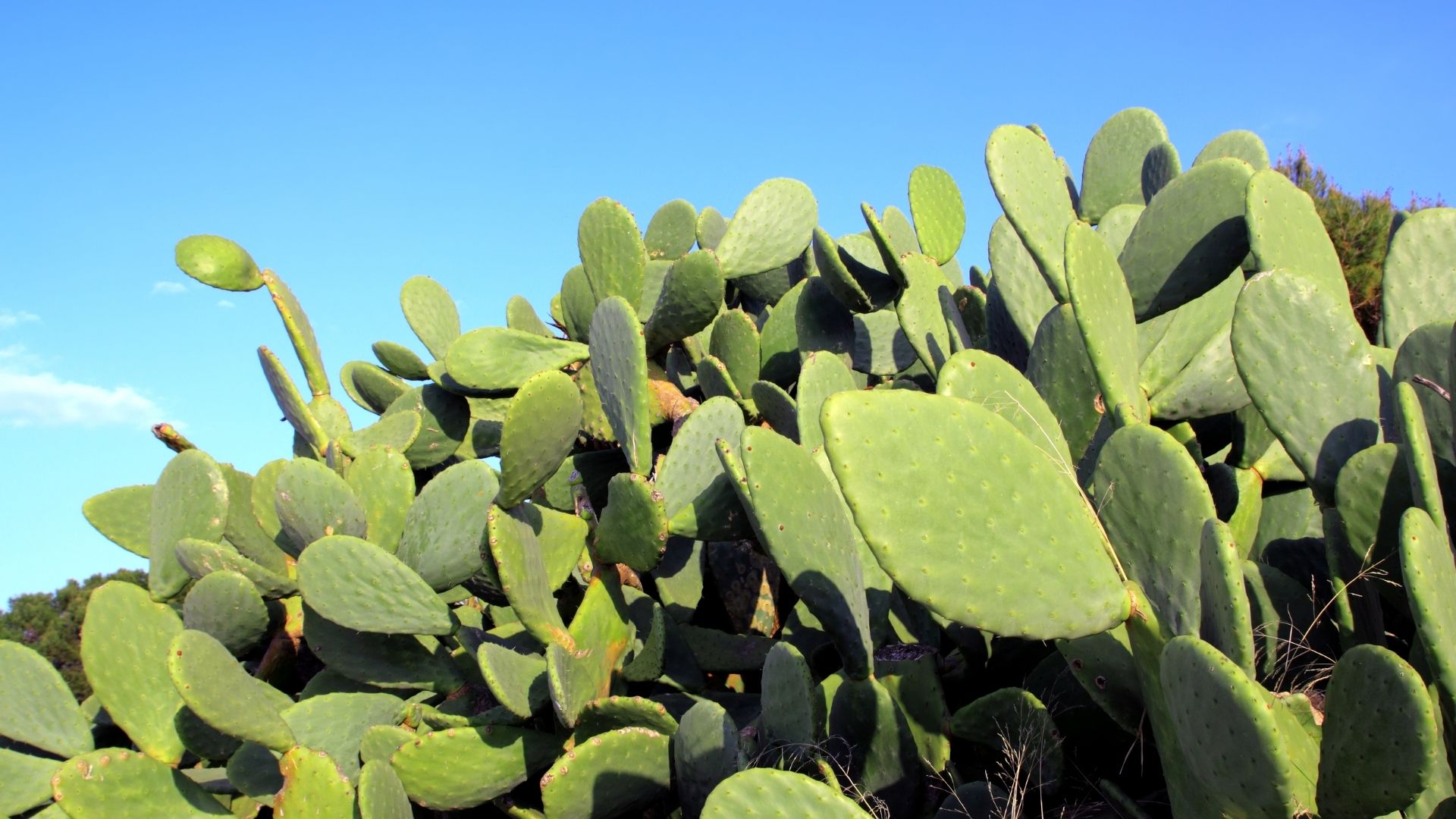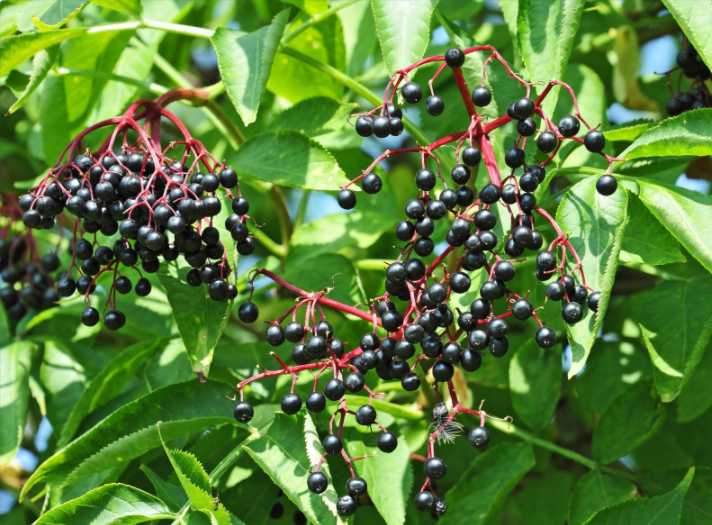I cannot be the only one noticing the mangoes dripping off the trees across south Orlando. The bountiful blushy pink fruits remind us that Florida’s summers are not quite the food deserts that we dramatize. In fact, Florida supports a forest of foods throughout the year. While you will not find your favorite garden fruit and veg thriving through hot humid Florida summers, a plethora of plants will serve you well!
In addition to having Florida’s freshest flavors year-round (I do not need much convincing when it comes to food), it is really important for us to grow more of our own food closer to home. You probably do not realize our food situation since the grocery keeps shelves well stocked, but it is worth mentioning and maybe even doing something about it! Our population is rising. Globally, we are going from 7 billion to 10 billion by about 2050, and locally, we are expecting another 700,000 people in Orange County totaling 2.1 million. Currently, almost 1 billion people are hungry, and 12% of Floridians fall into that category of food insecurity.
Good news/bad news…we waste at least 40% of our food between the farm and your trash can…
Solution #2. Grow more food.
Tackling the food waste challenge means that we need to address the food system including production, processing, distribution, consumption, and waste. We grow plenty of food—it is just challenging to get the food from the farm to the consumer in a way that is economically viable. Adding to that challenge is that it is not just about economics; we need to get the food to the consumers in a way that is socially equitable and does not cause environmental degradation.
That brings us to solution #2, growing more food. More importantly, growing more food closer to the end user has plenty of advantages, especially as populations are urbanizing and becoming more disconnected from the meals they enjoy multiple times a day. Benefits of local food includes local food security, more of the food dollar staying in town, horticultural therapy, and getting more kids to eat fresh fruits and vegetables, which improves chronic disease outcomes decades into the future.
Now, coming back to those mangoes. We have so much food that grows year-round in La Florida! While the only things that may be in the vegetable garden right now include okra, sweet potatoes, hot peppers, black eyed peas, and maybe some squash among cover crops, you will find elderberries on the edges of natural areas where you hear the mockingbirds chirping. Turning to the tropics, which only the furthest south Orange County residents can consider, we can enjoy mangoes, papaya, dragon fruit, longan, and guava. Do not forget la piña! Pineapples are queen during the summer! Speaking of prickly things, ever had nopales? Those are cactus pads—next time you are at your favorite taqueria look for nopal tacos. Perhaps our friends from the islands to the south know the best summer eats like callaloo, tropical pumpkin, cassava, and the most delightful hibiscus tea commonly referred to as “sorrel”. The humble peanut is another hardy plant worthy of celebration and one that can be stabilized and used far beyond the harvest. Peanut butter, please!
While all of the aforementioned plants are commercially cultivated, they do not need rows and intense management like the average vegetable garden. They just need hungry and willing! They can be integrated into the landscape beautifully! And mangoes, they are large trees that stand up well to hurricanes, but not to cold. Beneath the mango tree, you can plant some mid story trees and shrubs, taking advantage of the maximum amount of space available to grow food. Going down, pineapples, peanuts, and sweet potatoes can cover the soil keeping in the moisture, providing additional habitat for good bugs, and contributing to the local food forest ecosystem!
“Food Forest” is a term used to describe a planned, edible ecosystem that capitalizes on different layers of plants to maximize the space’s productivity and natural plant preference. If you are limited by outside space, consider hydroponics and artificial lights indoors. Lettuces and leafy greens will cooperate!
I will admit, one of the greatest challenges of a successful gardener is what to do with the abundance! Growing it is only half the story, after all! Abundance is a very fortunate problem to have and something worth sharing.
Does anyone remember pre 2000 in Florida when we had so much citrus that it was every kid’s snack… and favorite weapon? Don’t lie, I know you chucked green oranges at your brother! Picking up the fallen fruit was a normal chore as was squeezing the fruit to make OJ. I fantasize that Orange County residents now and into the future begin to embrace all the bounty that does continue to grow and thrive locally. Plan it, plant it, layer it, harvest it, preserve it, and share it with friends and those in need. For those of you commercial landscaping clientele, consider offering services to help people harvest their fruits and keep the edibles among the ornamentals! Not a grower? I know you eat! Buy local at the grocery, local markets, and at restaurants. Do what works for you! And at the very least, waste a little less food. It will make a big difference if everyone wastes a little bit less.
Planning a food forest
Think layers. The canopy layer will consist of larger fruit trees with the mid-story trees below. Next, the shrub layer includes fruit bushes. Moving a little bit lower is the land of herbaceous perennial vegetables and herbs. Take advantage of root and tuber crops below the soil, and keep the ground covered with horizontally spreading ground covers. Climbers are the vines that will use the support of the other layers to reach the sun.
Think about what grows well in Florida. Just because you intend to grow a food forest does not mean that your wish is automatically granted. You still have some basic rules to follow.
Plant things that are well adapted to your locality. Consider cold hardiness, soil preference, invasiveness, and how much maintenance the plant needs through the season to get desirable results. Think about when the food comes into season, and be ready to harvest, prepare, and preserve to get the most out of your bounty!
 0
0

